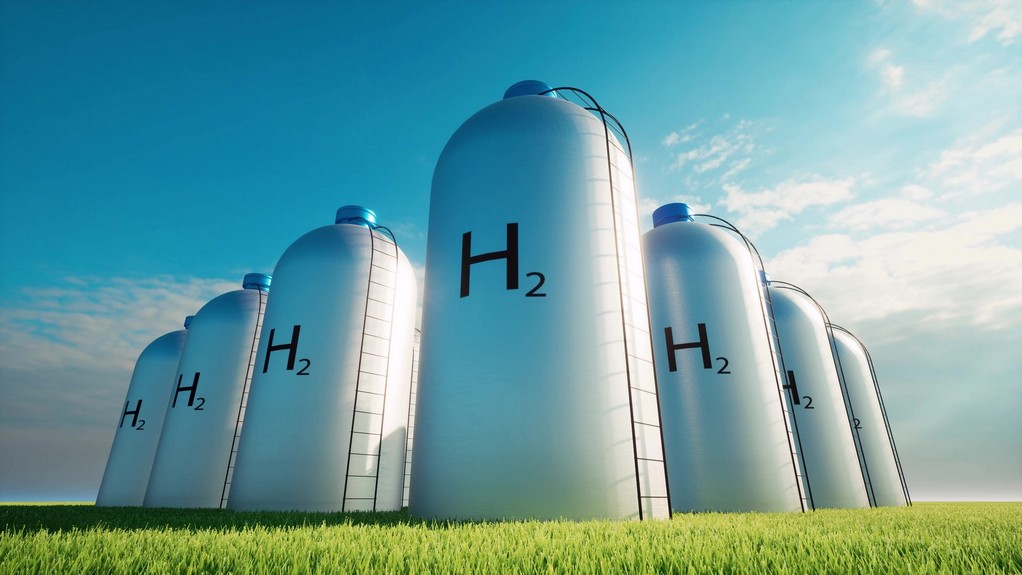The new material, a lanthanum hydride compound modified with strontium and oxygen, allows high-rate conduction of hydride ions at room temperature.
This development overcomes previous limitations requiring water and continuous hydration in hydrogen fuel cells, simplifying design and reducing costs.
The breakthrough promises to enhance the safety, efficiency, and energy density of hydrogen-based energy solutions, marking a significant step towards a viable hydrogen energy economy.
Researchers led by Genki Kobayashi at the RIKEN Cluster for Pioneering Research in Japan have developed a solid electrolyte for transporting hydride ions (H−) at room temperature.
Its a breakthrough that means the advantages of hydrogen-based solid-state batteries and fuel cells are within practical reach, including improved safety, efficiency, and energy density, which are essential for advancing towards a practical hydrogen-based energy economy.
The study paper was published in the scientific journal Advanced Energy Materials.
For hydrogen-based energy storage and fuel to become more widespread, it needs to be safe, very efficient, and as simple as possible. Current hydrogen-based fuel cells used in electric cars work by allowing hydrogen protons to pass from one end of the fuel cell to the other through a polymer membrane when generating energy.
Efficient, high-speed hydrogen movement in these fuel cells requires water, meaning that the membrane must be continually hydrated so that it does not dry out. This is a constraint that adds an additional layer of complexity and cost to battery and fuel cell design that limits the practicality of a next-generation hydrogen-based energy economy.
To overcome this problem, scientists have been struggling to find a way to conduct negative hydride ions through solid materials, particularly at room temperature.
The team had been experimenting with lanthanum hydrides (LaH3-δ) for several reasons; the hydrogen can be released and captured relatively easily, hydride ion conduction is very high, they can work below 100° C, and have a crystal structure.
But, at room temperature, the number of hydrogen atoms attached to lanthanum fluctuates between 2 and 3, making it impossible to have efficient conduction. This problem is called hydrogen non-stoichiometry, and was the biggest obstacle overcome in the new study.
When the researchers replaced some of the lanthanum with strontium (Sr) and added just a pinch of oxygen – for a basic formula of La1-xSrxH3-x-2yOy, they got the results they were hoping for.
The team prepared crystalline samples of the material using a process called ball-milling, followed by annealing. Then they studied the samples at room temperature and found that they could conduct hydride ions at a high rate.
Then, they tested its performance in a solid-state fuel cell made from the new material and titanium, varying the amounts of strontium and oxygen in the formula. With an optimal value of at least 0.2 strontium, they observed complete 100% conversion of titanium to titanium hydride, or TiH2. This means that almost zero hydride ions were wasted.
The next step will be to improve performance and create electrode materials that can reversibly absorb and release hydrogen. This would allow “storage batteries” to be recharged, as well as make it possible to place hydrogen in storage and easily release it when needed, which is a requirement for hydrogen-based energy use.
This is a remarkable breakthrough in making fuel cells more practical. Not quite noted above is that today’s designs need an above freezing environment. All the time, not just when running. For much of the time and much of the world that is killer. Moreover a freeze would destroy a fuel cell, thus even a rare freeze zone would entail considerable risk. The team hasn’t said anything specific yet. But this is promising.
Tags: Energy economy, Hydrogen

Recent Posts
DPIIT promotes green logistics industry
Petronet LNG reports record volumes
TotalEnergies buys stake in wind farm to produce green hydrogen
Ports of Indiana, Port of Antwerp-Bruges partner on green shipping
Bhutan moves towards green transition
GCMD completes biofuel supply chain trials with Hapag-Lloyd
Airbus partners with Avolon on hydrogen aviation
Nuclear power transition more safe option for decarbonisation than coal